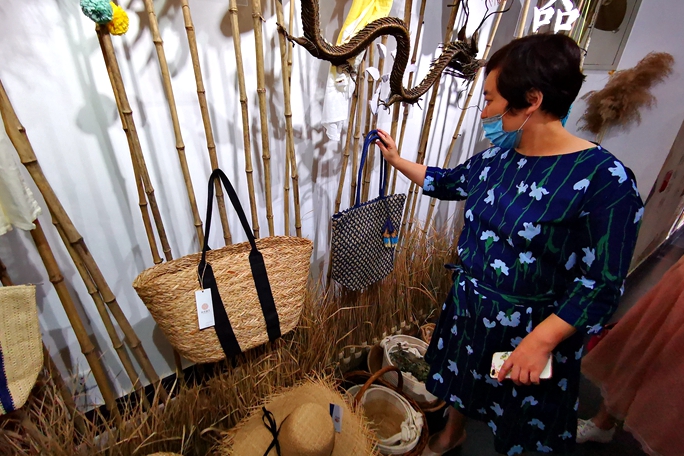'Mantou': A bread of life
Mantou, or steamed buns, are a staple in northern China. They are readily available in most areas of the country for just 1 yuan (15 US cents), or even less depending on the size.
But the mantou you find at shops and markets are very different for those made the traditional way, which sometimes can take an entire day.
Methods change from place to place. In Weihai, Shandong province, for example, a special kind of yeast is essential to good mantou.
The yeast is made by covering rice flour with a locally grown plant called haocao. Weihai families believe only haocao picked on the seventh day of the seventh Chinese lunar month will produce the best yeast.
Work to make the buns starts in the evening and finishes at lunchtime the next day.
The yeast is mixed with flour, eggs and water to create dough, which is then wrapped in a blanket and left overnight on top of a kang, a traditional earthen-brick bed found in many parts of the Chinese countryside.
Smoke from a wood burner is piped through a kang and out through a chimney, creating a warm surface on which to sleep – or heat mantou dough.
Overnight, the mixture will rise, and the real work begins in the morning.
It takes at least two people to knead, shape and steam the buns, so relatives and friends often help out. There is usually a happy atmosphere as they laugh and joke together.

 Shandong Culture and Tourism Consumption Season
Shandong Culture and Tourism Consumption Season Culture, tourism sectors pick up in Shandong as epidemic wanes
Culture, tourism sectors pick up in Shandong as epidemic wanes

